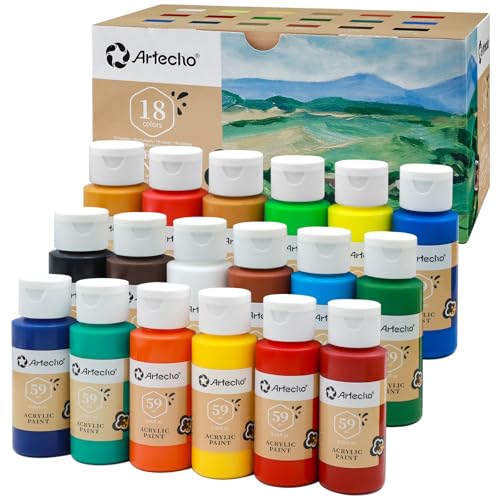Using too much water
When working with acrylic paints, it’s important to resist the temptation to over-dilute with water. While thinning the paint makes it easier to apply, using too much water can cause the colors to become more muted and lose their vibrancy. It can also make the paint more prone to fading or cracking over time. Be sure to follow the manufacturer’s recommendations for thinning the paint and gradually add water as needed.
Not priming the surface
Using acrylic paint on an unprimed surface can lead to problems such as poor adhesion, uneven coverage, and a dull finish. Priming the surface with a suitable primer will help the paint adhere better and provide a more uniform surface for the paint to cling to. Make sure to choose a primer that is suitable for your specific project and follow the manufacturer’s instructions for application and drying time.
Mixing too many colors
One of the benefits of using acrylic paint is the ability to mix colors to create unique shades and hues. However, it’s important to be careful not to overdo it. Over-mixing can lead to muddy colors that lack vibrancy and may be difficult to layer or blend. It’s best to start with a few basic colors and only add additional ones as needed to achieve your desired result.
Rushing the drying process
Acrylic paint dries quickly, which can be both a blessing and a curse. While it allows for faster layering and blending, rushing the drying process by using excessive heat or air flow can cause problems such as cracking, blistering, or an uneven texture. It’s best to let each layer dry completely before adding subsequent ones and to avoid using excessive heat or air flow to speed up the process.
Not cleaning up properly
Acrylic paint can be difficult to remove once it has dried, so it’s important to clean up properly after each painting session. Use soap and water to clean brushes and other tools immediately after use, and store them properly to prevent damage. Dispose of any unused paint or dried-up paint properly, following local regulations for hazardous materials.






